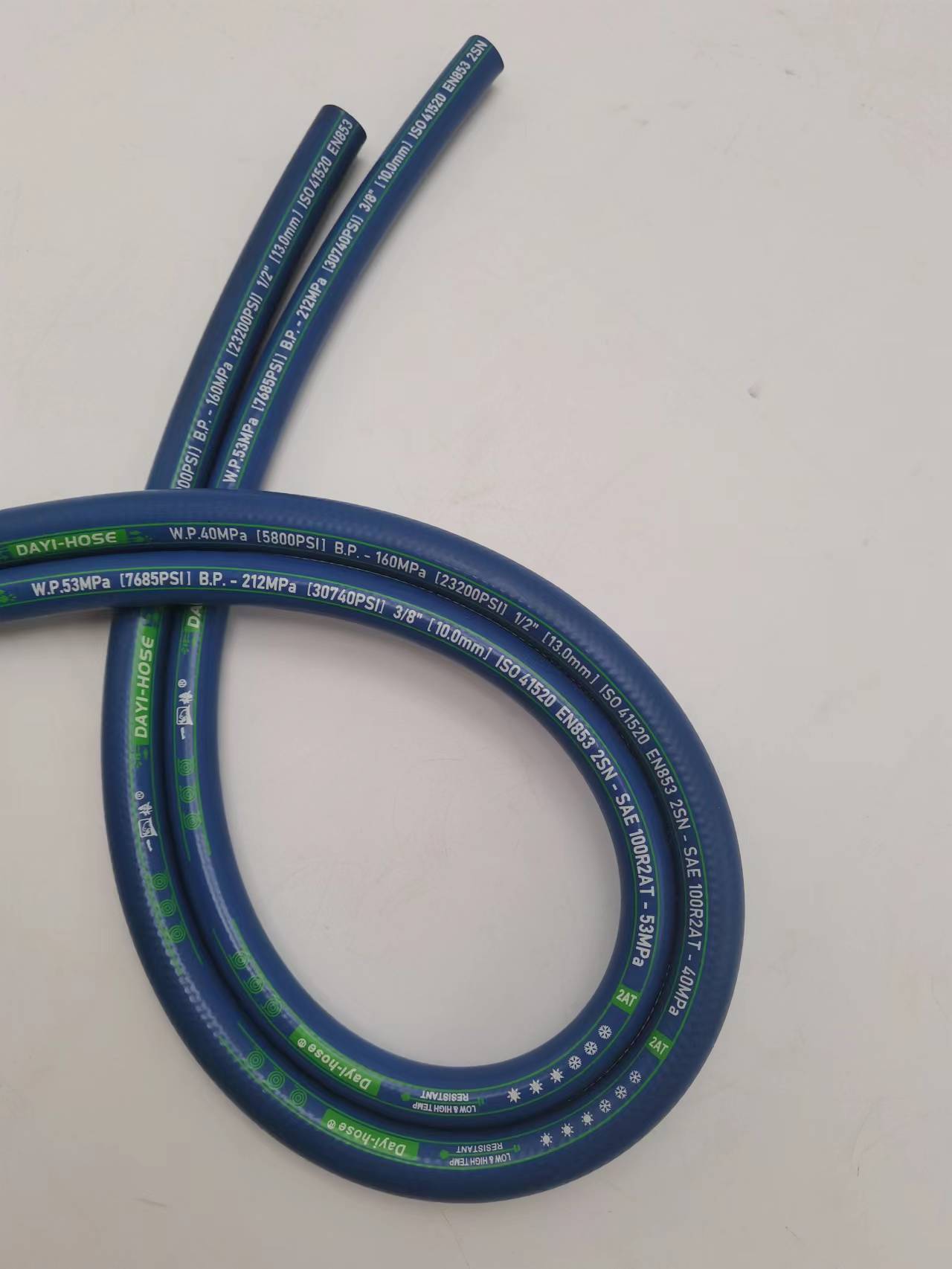335345435
nov . 29, 2024 09:29 Back to list
Comprehensive Guide to Hydraulic Union Fittings for Efficient Fluid Connections
Understanding Hydraulic Union Fittings A Comprehensive Overview
Hydraulic union fittings are essential components in hydraulic systems, facilitating fluid transfer while ensuring a secure and leak-free connection. These fittings play a crucial role in various applications, from industrial machinery to automotive systems and beyond. This article provides an in-depth look at hydraulic union fittings, their types, applications, and the benefits they offer.
What Are Hydraulic Union Fittings?
Hydraulic union fittings are specialized connectors designed to join two fluid-carrying pipes or hoses. Unlike permanent connections, which often require welding or soldering, union fittings allow for easy disconnection and reconnection. This feature is particularly advantageous in maintenance and repair situations, where parts may need to be replaced or adjusted without extensive downtime.
Typically, hydraulic union fittings consist of three main components the body, the nut, and the sleeve. The body is the central part of the fitting that connects to the pipes or hoses, while the nut and sleeve provide a secure grip. When tightened, these components compress the rubber or metal sealing mechanism, creating a watertight seal that prevents fluid leaks.
Types of Hydraulic Union Fittings
There are various types of hydraulic union fittings, each designed for specific applications. The most common types include
1. Standard Union Fittings These are the basic fittings used to connect two pipes or hoses of the same diameter. They often feature male and female threads for secure attachment.
2. Reducer Unions Used when connecting pipes of differing diameters, reducer unions have one end sized for the larger pipe and the other for the smaller one. This type is essential in systems that require a change in flow rate or pressure.
3. Flanged Unions These fittings include a flange on each end that allows for bolted connections. Flanged unions are common in high-pressure applications where a strong, stable connection is necessary.
4. Swivel Unions These fittings allow for rotational movement, making them useful in applications with frequent vibration or movement. Swivel unions reduce stress on the hoses and prevent twisting.
5. Quick Connect Unions Designed for rapid connection and disconnection, quick connect unions are invaluable in situations requiring frequent changeovers. Their simple mechanism allows for tool-free operation, enhancing efficiency.
Applications of Hydraulic Union Fittings
hydraulic union fittings

Hydraulic union fittings are versatile and are used across various industries, including
- Manufacturing In industrial machinery, these fittings provide reliable connections in hydraulic circuits, ensuring smooth operation
.- Automotive Union fittings play a significant role in automotive systems, connecting components in hydraulic brake and steering systems.
- Construction Construction equipment often employs hydraulic systems for operations like lifting, digging, and hauling, making reliable fittings essential.
- Agriculture Farmers rely on hydraulic hoses and fittings for equipment like tractors and harvesters, where durability and leak prevention are critical.
Benefits of Hydraulic Union Fittings
The advantages of hydraulic union fittings are manifold
1. Ease of Maintenance The ability to easily disconnect and reconnect fluid lines reduces maintenance time and costs.
2. Leak Prevention High-quality hydraulic unions provide a reliable seal, minimizing the risk of leaks that can lead to fluid loss and environmental hazards.
3. Versatility With a variety of types available, hydraulic union fittings can be tailored to specific applications and pressures, enhancing system performance.
4. Durability Many hydraulic unions are made from robust materials like stainless steel or brass, ensuring they withstand high pressures and harsh environments.
Conclusion
Hydraulic union fittings are indispensable components in hydraulic systems across diverse applications. By understanding their types, applications, and benefits, engineers and technicians can make informed decisions when designing or maintaining hydraulic systems. The proper use of hydraulic union fittings not only enhances system efficiency but also ensures safety and longevity, making them a vital consideration in any hydraulic setup.
-
SAE 100 R17 Black Smooth Cover Hydraulic Hose
NewsMar.07,2025
-
SAE 100 R17 Black Smooth Cover Hydraulic Hose
NewsMar.07,2025
-
SAE 100 R17 Black Smooth Cover Hydraulic Hose
NewsMar.07,2025
-
SAE 100 R17 Black Smooth Cover Hydraulic Hose
NewsMar.07,2025
-
SAE 100 R17 Black Smooth Cover Hydraulic Hose
NewsMar.07,2025
-
steel wire braided hydraulic hose
NewsMar.07,2025



